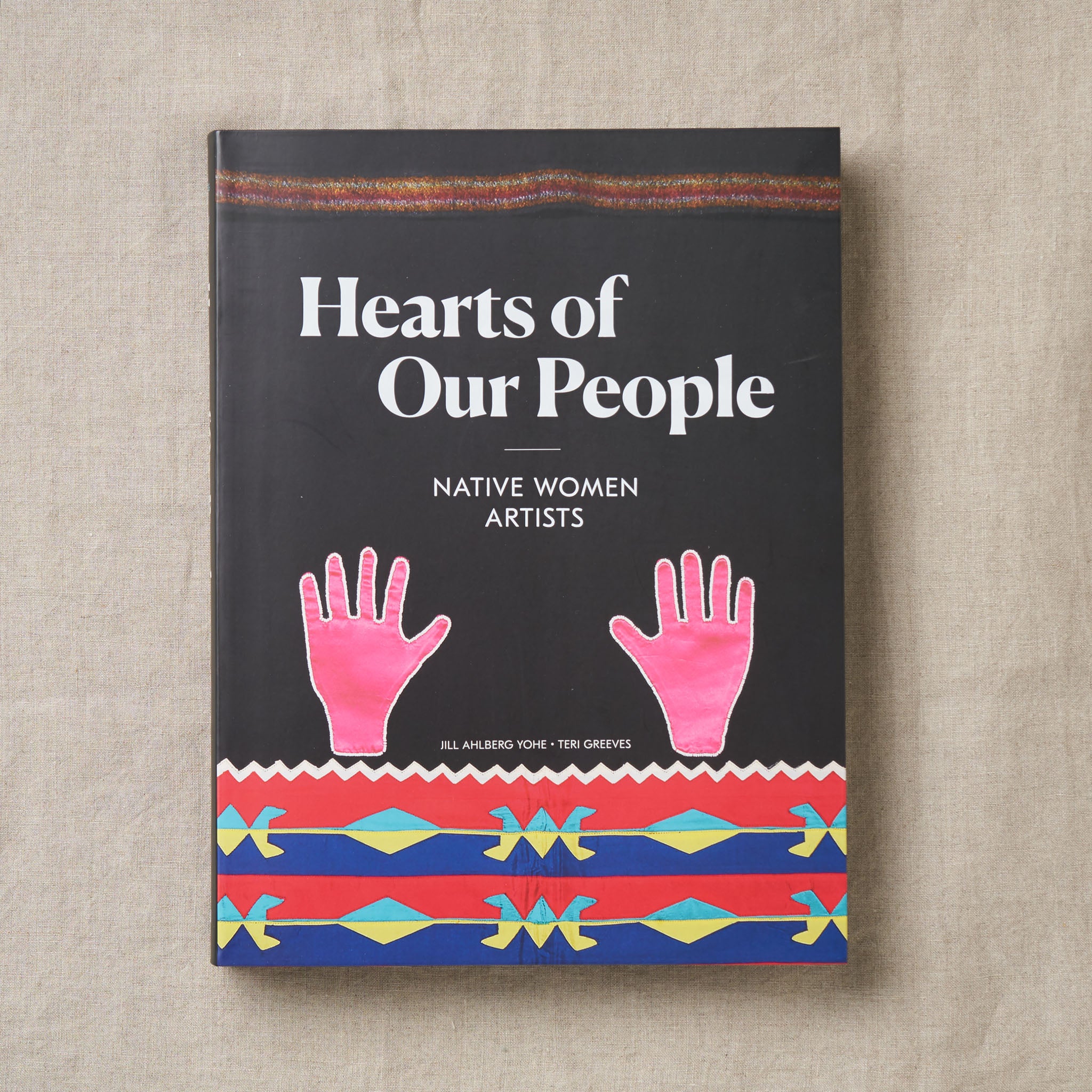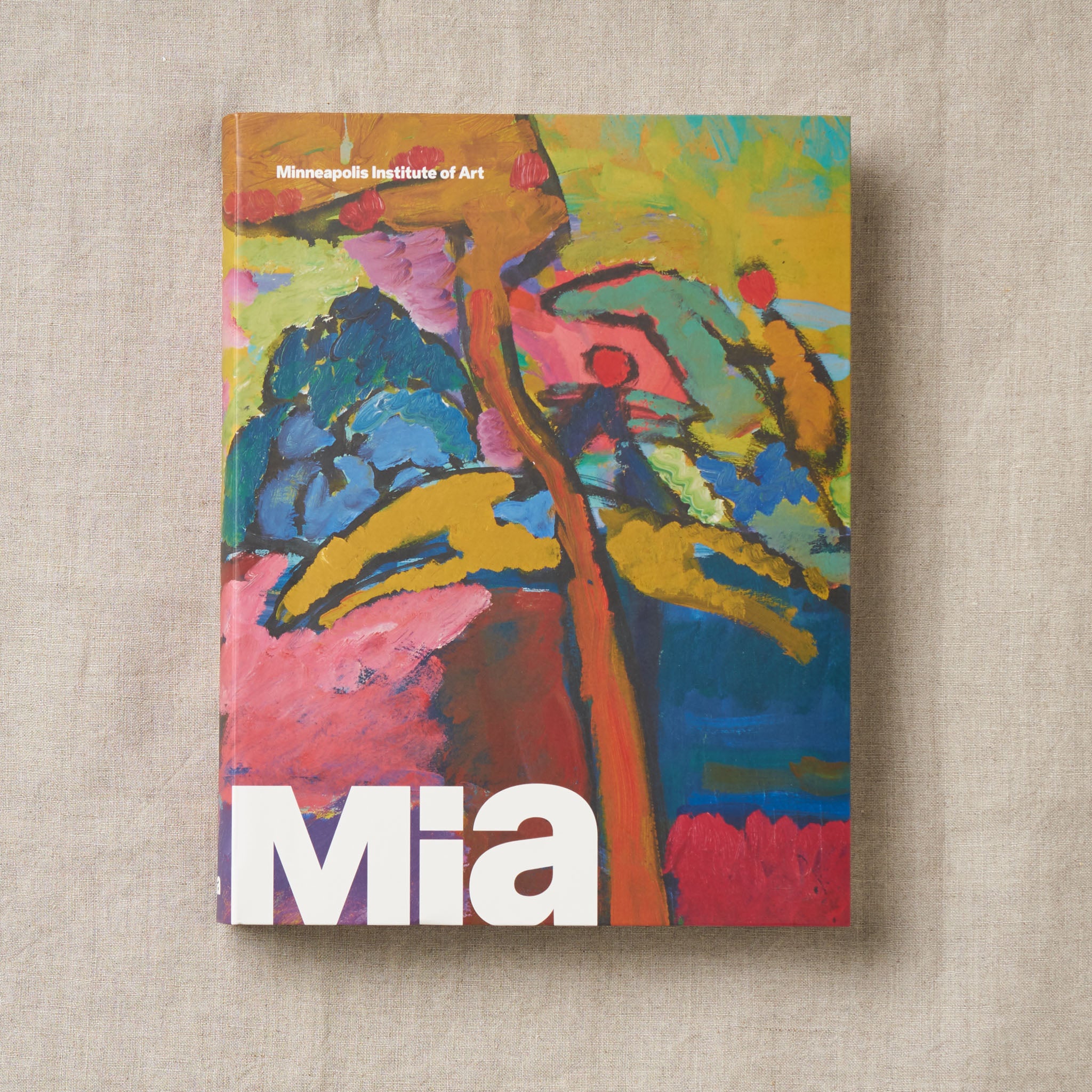Contributing Members use code "MyMia" for 10% off!
Please review our shipping and curbside pickup information as you are placing your order.
Thank you for supporting Mia!
Contributing Members use code "MyMia" for 10% off!
Please review our shipping and curbside pickup information as you are placing your order.
Thank you for supporting Mia!
American Gothic: Gordon Parks and Ella Watson
9783969992517
$5.00
Member price $4.50
"At first, I asked her about her life, what it was like, and so disastrous that I felt that I must photograph this woman in a way that would make me feel or make the public feel about what Washington D.C., was in 1942. So I put her before the American flag with a broom in one hand and a mop in another. And I said, "American Gothic"—that's how I felt at the moment. I didn't care about what anybody else felt. That's what I felt about America and Ella Watson's position inside America."
–Gordon Parks, 1998.
Gordon Parks’s 1942 portrait of government worker Ella Watson, which he famously titled American Gothic, is among the most celebrated and influential photographs of the 20th century. Created as part of an extensive collaboration between the photographer and his subject, it is at once a record of one woman’s position within the racial, professional, and economic hierarchies that stratified the nation’s capital and Parks’s visual reckoning with the realities of Black life in racially segregated Washington, D.C. Remarkably layered and yet instantly legible, American Gothic communicated a complex of injustices with the barest of means: a flag, a woman, a broom, a mop. Its canny allusions to other icons of modern American visual culture, including Grant Wood’s painting of the same title, strengthen the impact of what Parks described as “an indictment of America.” This exhibition and its accompanying publication is the first in-depth survey of this formative project in Parks’s career, providing a context for understanding how American Gothic became one of the defining images of the ongoing struggle for civil rights.
In January 1942, with the support of a Rosenwald Fellowship, Parks arrived in Washington, D.C., to apprentice at the Farm Security Administration (FSA). While there, he met Ella Watson, one of the women who cleaned the government offices. After learning about her family and their struggles, Parks decided to make her the subject of his first extended picture story. The resulting photographs were a breakthrough in Parks’ career. Through Watson, he was able to provide an intimate, humanist perspective on Black American life by photographing their everyday activities, both the struggles and moments of joy. The series of photographs, with American Gothic at its center, conveys a remarkably intimate portrait of Watson as a multidimensional figure, vitally important—and paradoxically overlooked—within the civic sphere.
American Gothic: Gordon Parks and Ella Watson provides a comprehensive overview of this pivotal work through approximately 100 images, some never-before-published, and archival material. These are accompanied by essays contextualizing this body of work in broader art historical, political, and cultural fields. Authors include exhibition curator Casey Riley, as well as notable scholars Philip Brookman, Melanee Harvey, Salamishah Tillet, and Deborah Willis, and a contemporary perspective by artist Hank Willis Thomas.
Co-published with The Gordon Parks Foundation and the Minneapolis Institute of Art.
Share:
Related Items
The Store at Mia
Minneapolis Institute of Art
2400 Third Avenue South, Minneapolis, Minnesota 55404
Contact Us
Phone: 612.870.3100
Email: thestore@artsmia.org
My Mia
Membership is Free!
Contributing Mia members save 10% on all purchases at The Store at Mia.



